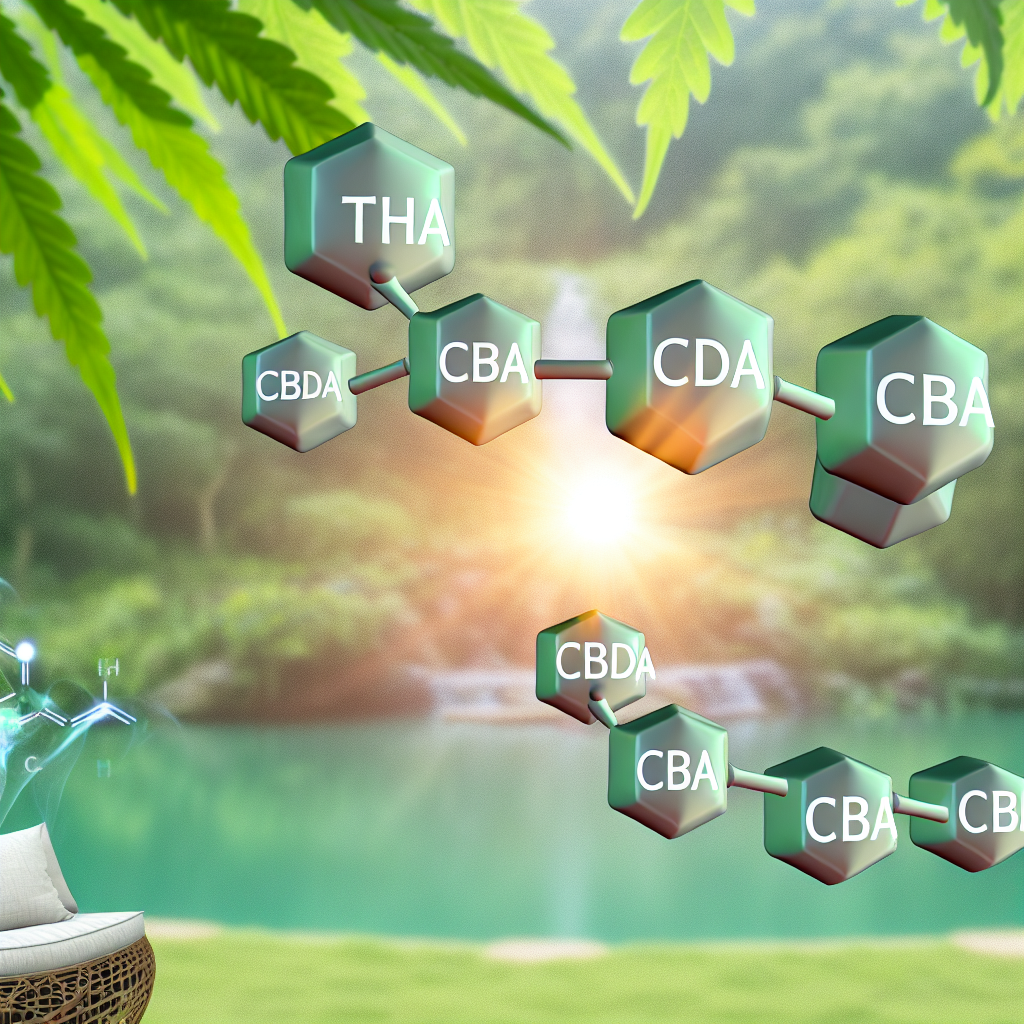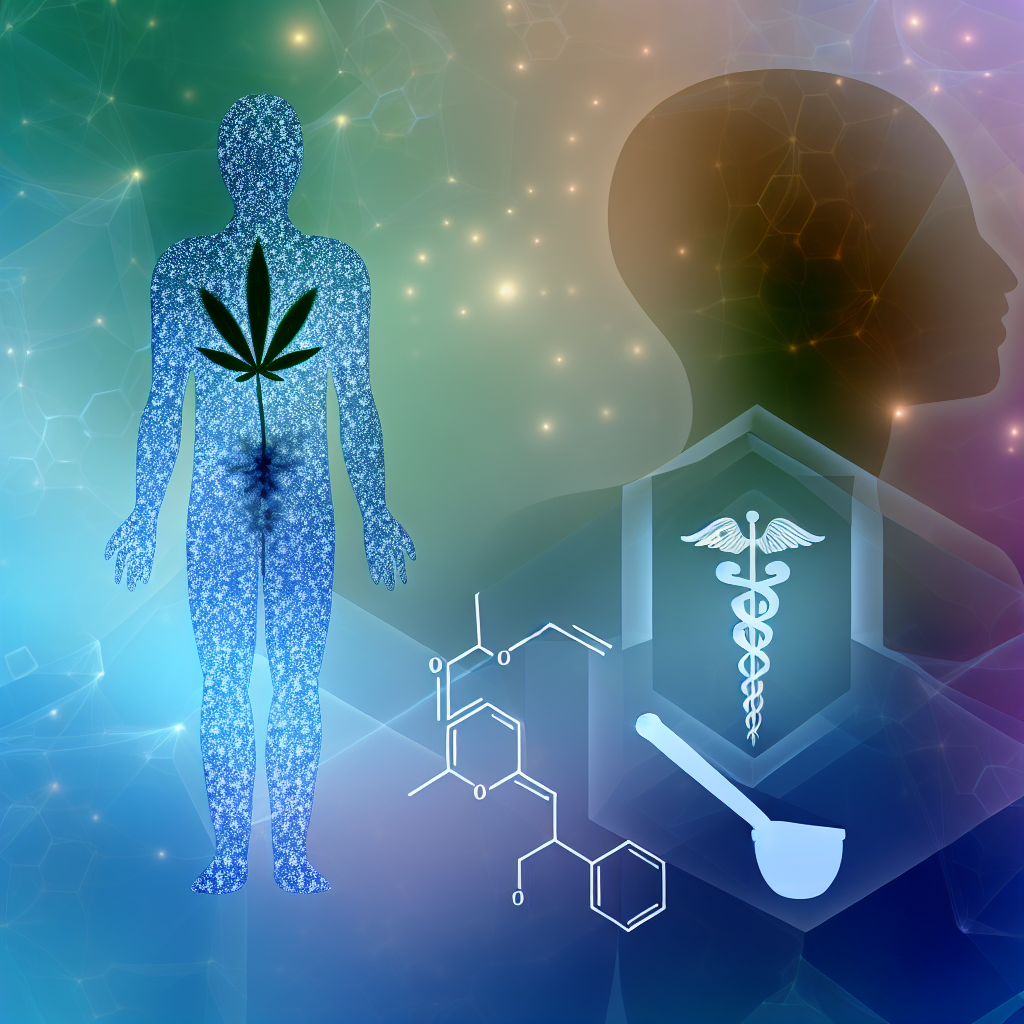# Acid Cannabinoids: THCA, CBDA, and CBGA Therapeutic Properties
Introduction: Unlocking the Power of Unheated Cannabis
With cannabis science advancing rapidly, the spotlight is beginning to shift toward lesser-known but highly promising compounds: the acid cannabinoids. Unlike their more popular decarboxylated counterparts — THC and CBD — the acidic forms of cannabinoids, including Tetrahydrocannabinolic Acid (THCA), Cannabidiolic Acid (CBDA), and Cannabigerolic Acid (CBGA), are gaining recognition for their distinctive therapeutic properties. Found in raw and freshly harvested cannabis, these cannabinoid acids are precursors to better-known active cannabinoids and hold considerable medicinal promise.
Acid cannabinoids have historically received less attention due to the focus on the psychoactive and therapeutic properties of THC and CBD. However, increasing scientific interest and advancements in extraction and preservation techniques have allowed researchers and cannabis professionals to delve deeper into the raw, unheated forms of cannabis. This is particularly relevant for consumers seeking non-psychoactive therapeutic benefits with a lower risk of side effects.
THCA, CBDA, and CBGA are biosynthesized in the trichomes of the cannabis plant. These compounds convert into THC, CBD, and CBG, respectively, after exposure to heat in a process called decarboxylation. Despite their non-psychoactive nature, acid cannabinoids are now being studied for anti-inflammatory, anti-nausea, antiproliferative, neuroprotective, and mood-enhancing potential.
Additionally, acid cannabinoids interact with the endocannabinoid system and other receptors in unique ways. For instance, CBDA is a known inhibitor of the COX-2 enzyme, which is involved in inflammation and pain. THCA has demonstrated neuroprotective and antispasmodic potential without the “high,” appealing to patients looking for alternative treatments for epilepsy, arthritis, and neurodegenerative disorders.
CBGA, often called the “mother of all cannabinoids,” is the foundational compound from which other cannabinoids are synthesized. As such, its role in regulating plant growth and its emerging therapeutic profile has drawn considerable interest from both scientific and medical communities.
This article will explore the latest findings and understanding about acid cannabinoids, particularly THCA, CBDA, and CBGA, and what their potential could mean for consumers and professionals in the medicinal cannabis industry.
THCA: The Non-Psychoactive Cannabinoid for Brain and Body
Tetrahydrocannabinolic Acid (THCA) is the acidic precursor to THC and does not produce psychoactive effects. Research reveals it possesses potent anti-inflammatory, neuroprotective, and antiemetic (anti-nausea) properties. A 2017 study published in the British Journal of Pharmacology found that THCA significantly reduced nausea and vomiting in rodent models by interacting with the 5-HT1A receptor, which plays a role in serotonin signaling and helps regulate mood and nausea symptoms ([Rock et al., 2017](https://bpspubs.onlinelibrary.wiley.com/doi/full/10.1111/bph.13789)).
Additionally, THCA shows promise in treating neurodegenerative diseases. A study backed by the Fundación CANNA in 2019 illustrated THCA‘s anti-inflammatory and neuroprotective activity in cellular models of Parkinson’s disease ([Moreno-Sanz et al., 2019](https://cannabis-med.org/english/journal/current.php)). It activates peroxisome proliferator-activated receptor gamma (PPARγ), which is known to modulate inflammation and oxidative stress — key contributors to neurological disorders.
CBDA: The Raw Alternative That Packs a Therapeutic Punch
Cannabidiolic Acid (CBDA) is the acidic precursor to CBD, and unlike its successor, it may exert more potent therapeutic effects in some contexts. A 2013 study from the British Journal of Pharmacology demonstrated that CBDA is a highly selective inhibitor of the COX-2 enzyme, which is involved in the inflammatory process, positioning it as a potential therapeutic for conditions like arthritis and chronic pain ([Takeda et al., 2013](https://bpspubs.onlinelibrary.wiley.com/doi/full/10.1111/bph.12143)).
Moreover, recent studies show that CBDA may work effectively as an anti-anxiety and antidepressant agent, possibly outperforming CBD in low doses. In a 2014 study published in the European Neuropsychopharmacology, CBDA exhibited a 100-fold greater affinity for a serotonin receptor associated with anti-nausea and anti-anxiety effects ([Bolognini et al., 2014](https://www.sciencedirect.com/science/article/abs/pii/S0924977X14000993)).
CBDA has also gained attention for its potential in cancer research. Preliminary lab studies from 2012 suggest that CBDA suppressed the migration of highly invasive cancer cells, indicating potential anti-metastatic activity ([Takeda et al., 2012](https://www.sciencedirect.com/science/article/abs/pii/S0006291X12010329)).
CBGA: The Mother Cannabinoid With Antiviral and Antiepileptic Promise
Cannabigerolic Acid (CBGA) is often dubbed the “mother of all cannabinoids” because it is the foundational compound from which THCA, CBDA, and CBCA are synthesized. However, CBGA also stands out for its own therapeutic promise. A 2021 study from Oregon State University proposed that CBGA could be effective against SARS-CoV-2, the virus responsible for COVID-19, by preventing it from binding to human cells ([van Breemen et al., 2022](https://pubs.acs.org/doi/10.1021/acs.jnatprod.1c00946)).
Additionally, CBGA has demonstrated anticonvulsant properties similar to CBD. Research published in Epilepsia (2018) evaluated CBGA‘s effects in mouse seizure models and recorded significant reductions in convulsions — pointing to potential inclusion in future epilepsy treatment protocols ([Anderson et al., 2018](https://onlinelibrary.wiley.com/doi/full/10.1111/epi.14477)).
CBGA also activates PPAR receptors, involved in regulating metabolism, inflammation, and fat storage — giving it additional potential in treating diabetes, metabolic disorders, and cardiovascular issues.
Conclusion: The Future Is Acidic — And It’s Bright
Acid cannabinoids like THCA, CBDA, and CBGA are redefining the potential of raw cannabis. While THC and CBD remain dominant in therapeutic markets, their acidic precursors offer promising health benefits without psychoactivity. As scientific evidence grows, acid cannabinoids are becoming invaluable tools for medical cannabis professionals and curious consumers alike. Embracing these compounds could unlock a new frontier in cannabis therapeutics — one that prioritizes both efficacy and gentle modulation of the body’s biological systems.
**Summary:**
The article explores the therapeutic potential of lesser-known acid cannabinoids, including THCA, CBDA, and CBGA. These compounds, found in raw and unheated cannabis, offer a range of benefits such as anti-inflammatory, neuroprotective, anti-anxiety, and antiviral properties without the psychoactive effects of THC. As scientific research continues to uncover the unique mechanisms of action and applications of acid cannabinoids, they are poised to become valuable tools in the evolving field of medical cannabis.




